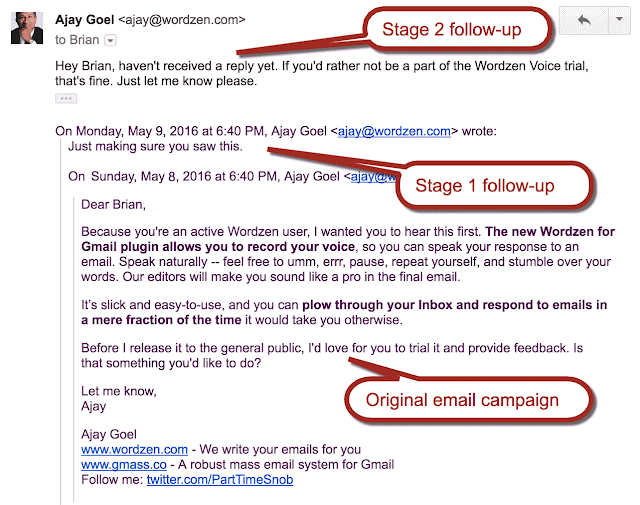
Knowing when to check your email will let you work uninterrupted and also use email more efficiently. You will rarely need to reply immediately to an email, and this means you don’t really need the audio indicator on that tells you when new email has arrived. Check your email on a regular basis.Ĭheck your mail on a planned, regular basis, rather than letting it continuously interrupt your other work. As soon as you have dealt with the email in question, move it to the appropriate folder.įor more on managing messages, see our Webmail Help section. However, it is important to deal with it as quickly as possible as a large number of messages in the Inbox can get confusing, and tasks may be missed. If you use the Flag menu option in the Runbox Webmail, the message will stand out even more as it will have a coloured flag next to it.

However, sometimes you might want to leave a message in the Inbox as an immediate reminder that there is something you need to do related to that email. Using your folder structure make it easy to sort both your incoming and sent messages. These messages are the most time consuming, and will often be put on ”the waiting list” or calendar, and so you have to decide when to deal with it. To be answered, and nothing more is demanded from you?Ĭreate the reply as soon as possible, and send it.To be forwarded without any further action from you?.Sometimes just opening an email can causes it to load images from remote servers, and these will indicate to the sender of the junk mail that your address is valid. Do not open attachments from someone you do not know, unless the source is safe. If it is junk mail, chain letters, unbelievable offers, delete it without opening it. Decide what do to with incoming email.Īs soon as you have read an incoming email, decide as soon as possible what to do with it according to the following rules: To find out more about folder management, see our Webmail Help section. Organizing your sent messages will also help you keep track of email that requires some action by the recipient and hence act as reminders. You can even create identical folder structures for your Inbox and Sent folder, to make managing and searching your email easier. In the same way, you can create folders for many other things such as family communication, financial correspondence, and associations you are a member of etc… This means, with all of your messages in one place, you can create one main folder for work-related email, associate your work email address with it, and then create sub-folders for various projects inside this folder.

Each folder has a set of preferences of its own, and one of the things you can do is associate an email address with a particular folder. With Runbox, folders have some very useful features. Runbox makes it easy to consolidate and manage all of your email in one place so you don’t have to log in to several different email services. In the same way that you keep your physical documents sorted in hanging folders or in binders, you can create a logical set of email folders and subfolders.Įven if you don’t think of your email as documents, organizing your messages in folders will make them much easier to locate later on, and will help keep your Inbox empty. As such, these kinds of emails ought to be treated in an appropriate way so that your email account becomes a document archive, not just a place for messages. You might think of email as just simply messages, but often (especially in a work situation) emails can contain information just like important documents do, and some emails may also have documents attached to them. There are ways in which you can organize these different types of email efficiently. The second might only require a polite answer, and the third category could be a task or to-do item. The first category is email you may want to keep for information purposes, or just delete once you have read it.



 0 kommentar(er)
0 kommentar(er)
